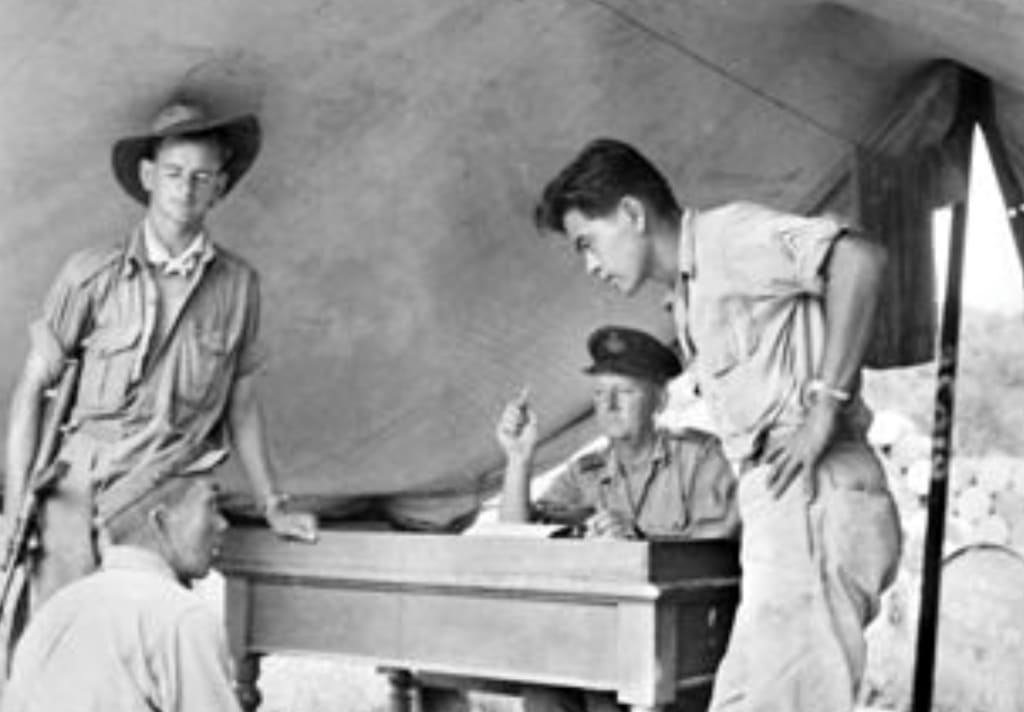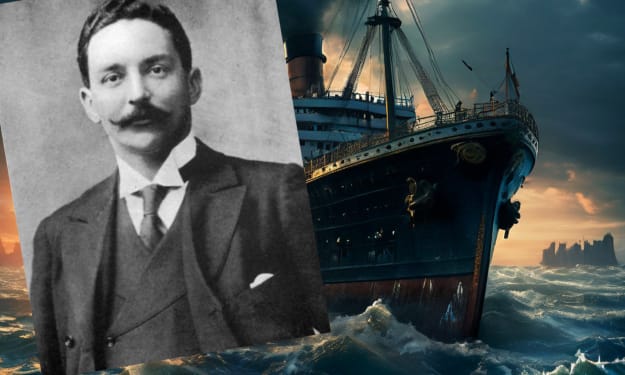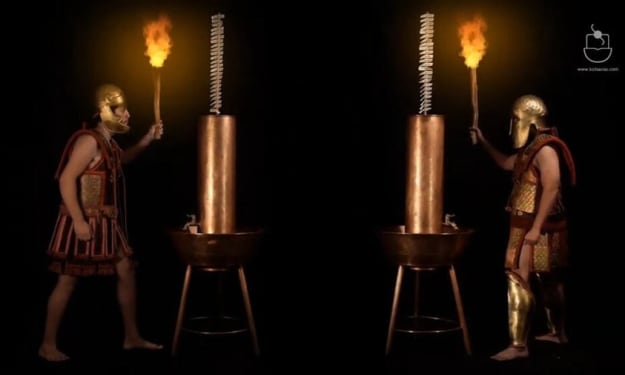The Sandakan Death Marches
The most staggering of World War II's Pacific Theatre death toll.

When you mention the atrocities of World War II, many of us think of The Holocaust. Still, the brutality of the Japanese rivals the Nazi party, the Sandakan Death Marches are another example of this. It is considered one of the most brutal examples of poor treatment of prisoners of war.
Japanese War
In the closing years of the conflict, Japanese forces occupied Borneo with several camps. These prisoners were mainly British and Australian troops. They had approximately 2,400 prisoners of war; when they looked to be invaded, they decided to move these pows by marching them through a dense jungle to another location.
They established camps on the northeast coast of Borneo in 1942; one of these was the Sandakan camp. The prisoners were under the command of Captain Hoshijima Susumi, who subjected them to brutal conditions.
The POWs were forced to build airstrips and perform other hard labour with minimal food and medical care. As the camp's population grew in 1943, the conditions led to more disease and starvation.
This and the advancing allied forces led the Japanese to transfer men to another facility.
Japanese Command
In January 1945, the Japanese knew that they were losing the war, so they initiated a series of forced marches from Sandakan. The idea was to move over 2,400 POWs inland to the village of Ranau, which was approximately 260 kilometres away; this would stop the Australian men from being liberated.
The prisoners, by this point, were weakened by malnutrition and the daily abuse they received. Regardless, they were forced to walk through dense, malaria-infested jungles. Only forty per cent would make the journey with any form of foot protection.
Prisoners of war must be prevented by all means available from falling into enemy hands. They should either be relocated away from the front or collected at suitable points and times with an eye to enemy air raids, shore bombardments etc. They should be kept alive to the last wherever labour is needed. In desperate circumstances when there is no time to move them, they may, as a last resort be set free, then emergency measures should be carried out against those with an antagonistic attitude and utmost precaution should be taken so that no harm is done to the public. - Japanese War Ministry
Forced Marches
The first march consisted of 455 prisoners. It took them nine days to complete the journey. The rations provided were for four days. At various points along the way, those who could no longer walk were executed on the spot, and their bodies were thrown to the side of the road.
Only half of the prisoners reached the camp. The others had died or been executed en route.
Few prisoners were fit enough to attempt the journey during the second and third marches. The second march happened on 29 May 1945, with approximately 536 prisoners setting off. This time, the march took 26 days, and once again, rations were inadequate to sustain them. Only 180 prisoners survived.
The third and final march started on 9 June and involved 325 people; no food was supplied this time. All of the prisoners perished en route. Supplies dwindled for those left in the camp, and the guards grew more brutal.
Conditions at Ranau
No provision had been made for the arrival of the prisoners. It rained continuously without shelter, medical supplies, or facilities. Food was meagre, and there was no drinking water except that carried by hand half a mile from the creek.
Each prisoner was given a ration of 70 grammes of rice daily and confined to fifty square yards in the open.
Amongst those that survived the first marches by April 1st, only eight-five survived.
No one can imagine the filth and the death rate that occurred during the days spent in this cesspool. Mud was ankle deep, sick men were lying about unable to move in their own filth. - Prisoner of War
Soldier's Stories
Gunner Albert Cleary was a young man when he tried to escape into the jungle. It was not long until he was recaptured, and the Japanese guards made an example of him. He was beaten and tied to a log; he survived this treatment for eleven days until he gave in to his injuries. A memorial now stands on the spot where he was tied up.
Richard Murray was one of thirty prisoners remaining alive at Ranau when he stole rice along with Keith Botterill. Then, the theft was discovered, and Murray took responsibility for it. He was stabbed, and his body was thrown into a bomb crater. Due to his friend's selfless sacrifice, Keith Botterill was one of the six survivors.
At one point I was put in what they called the ‘cage’ for 40 days and nights. The ‘cage’ was about 20 feet long, 10 feet wide and only 5 feet high so you couldn’t stand up in it. You were not allowed to wash or shave and I was seven days without food. We were taken out of the cage each day for ‘PT’ – a severe bashing! I remember Private Annear died after three months in the ‘cage’. - Keith Botterill
After the War
At the end of the war, the Sandakan camp was destroyed. Out of the 2,400 Allied POWs, only six Australians survived until the end of the war. Amongst these, several men documented their experiences, which were used in the post-war tribunals.
Four of the camp staff at Sandakan were tried as war criminals; three were convicted of brutality or murder. These were either imprisoned or executed.
The casualties from the three marches are among the most staggering of World War II's Pacific Theatre with regards to the death toll.
If you enjoyed this article you might like this one
About the Creator
Sam H Arnold
A writer obsessed with true crime, history and books. Find all my dedicated newsletters whether you are a true crime fan, bookworm or aspiring writer on Substack - https://substack.com/@samharnold
Enjoyed the story? Support the Creator.
Subscribe for free to receive all their stories in your feed. You could also pledge your support or give them a one-off tip, letting them know you appreciate their work.






Comments
There are no comments for this story
Be the first to respond and start the conversation.